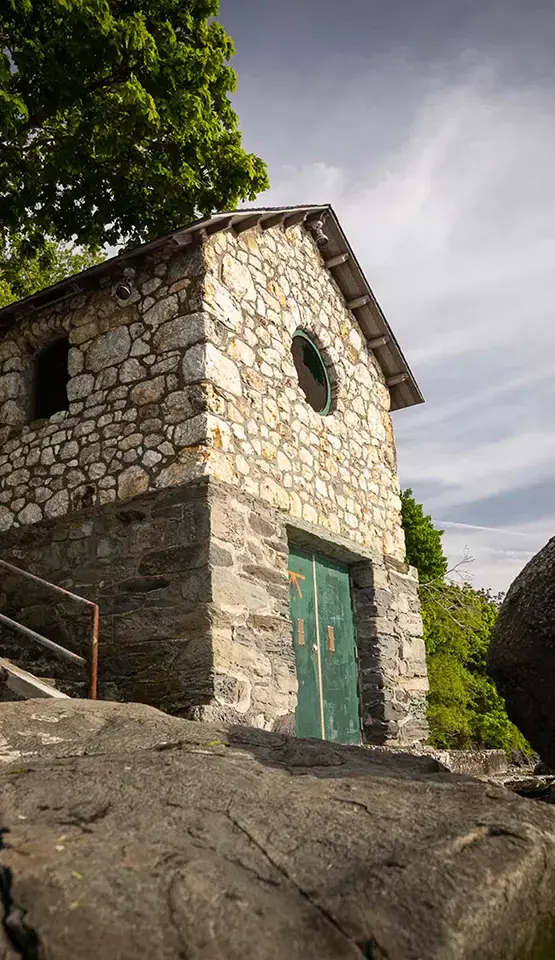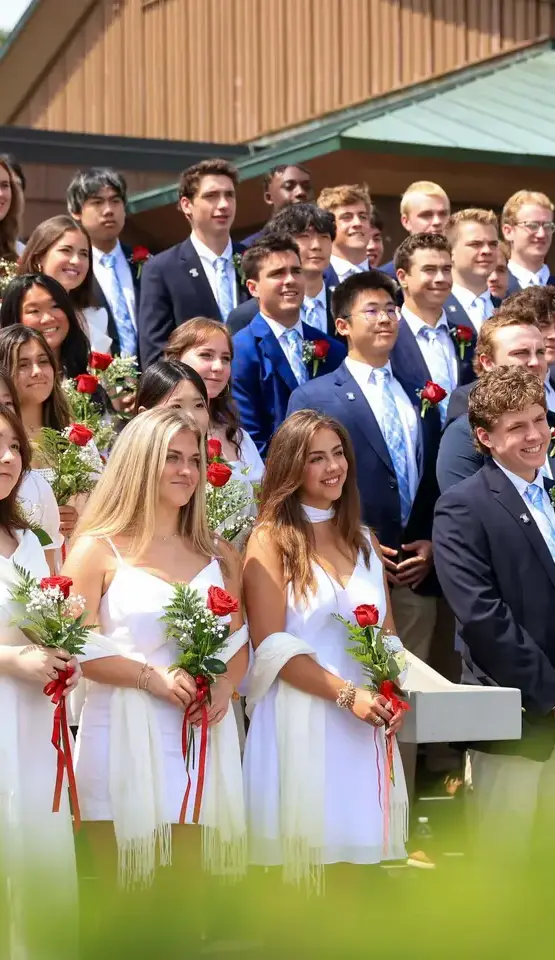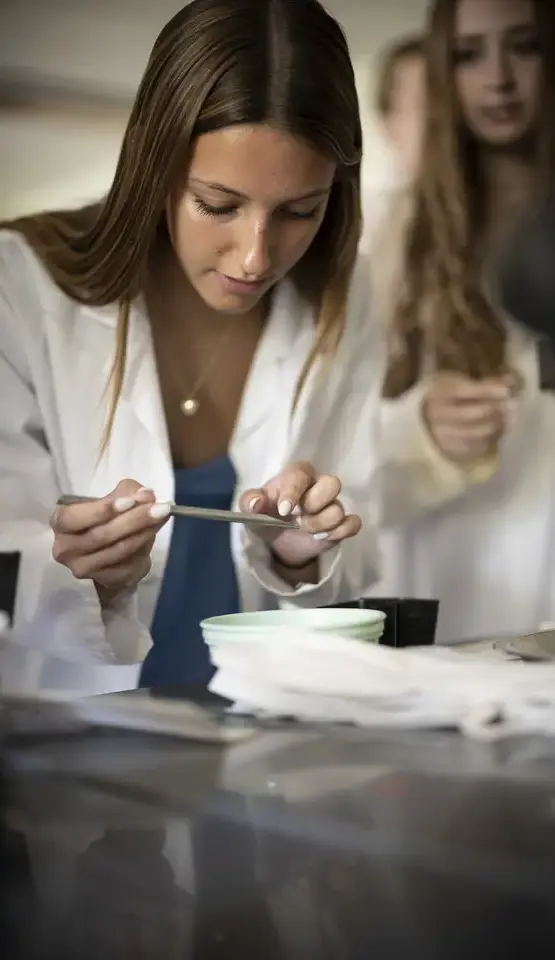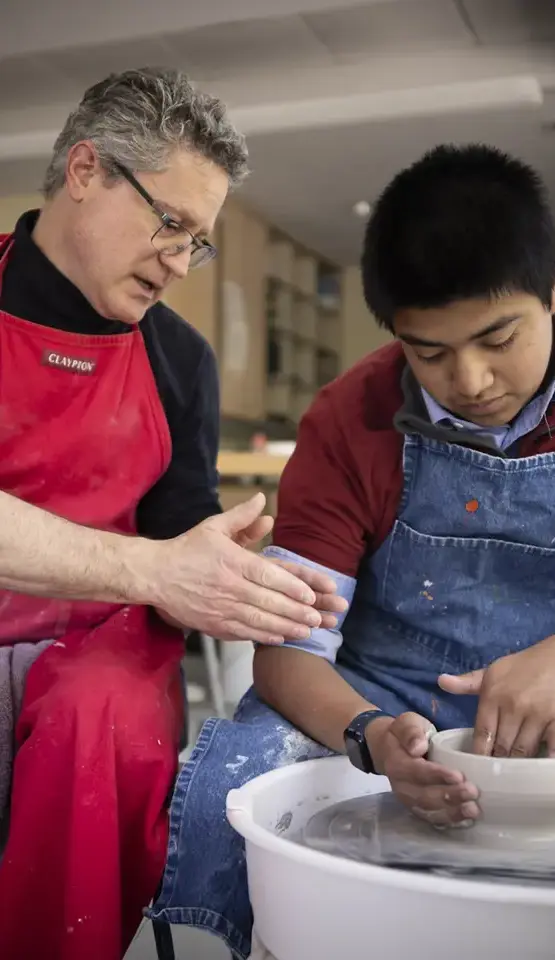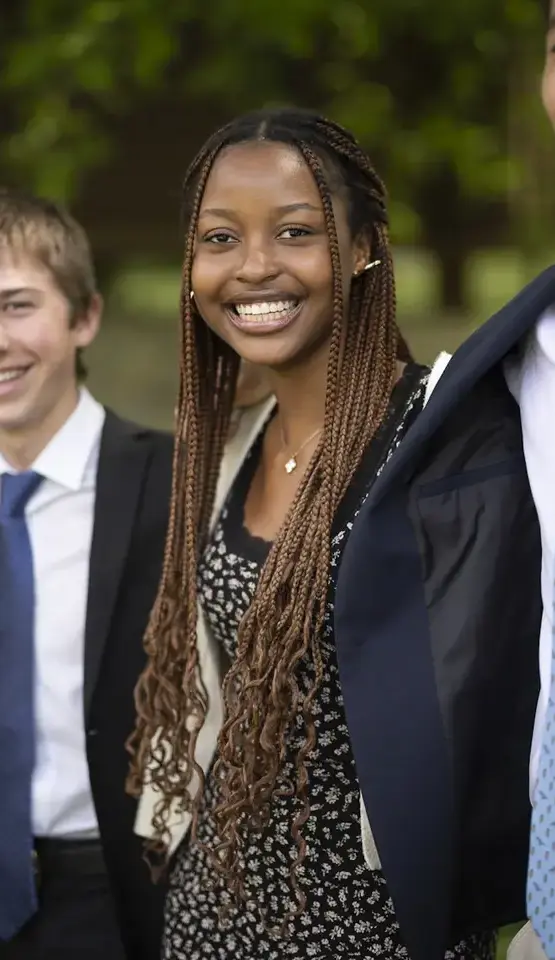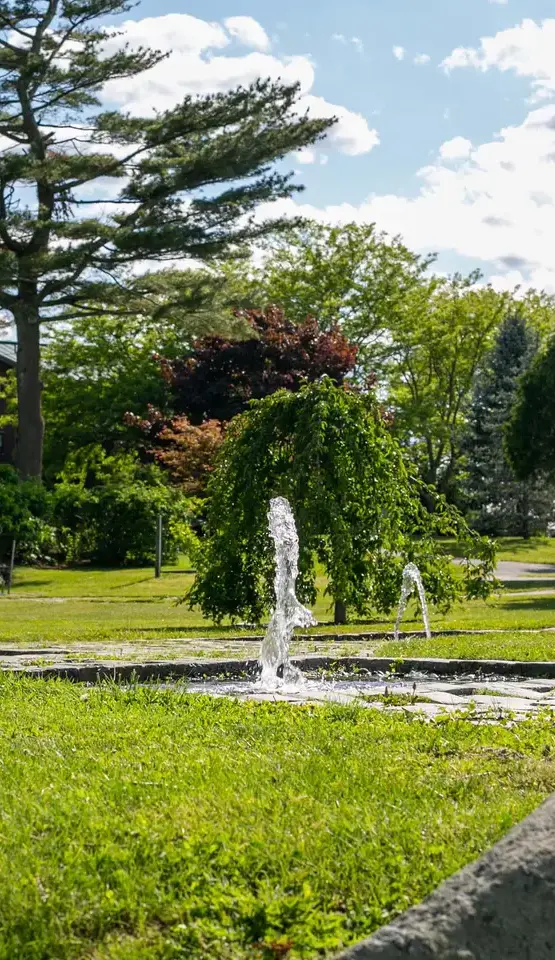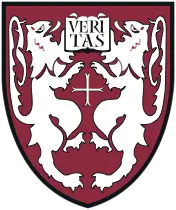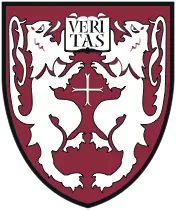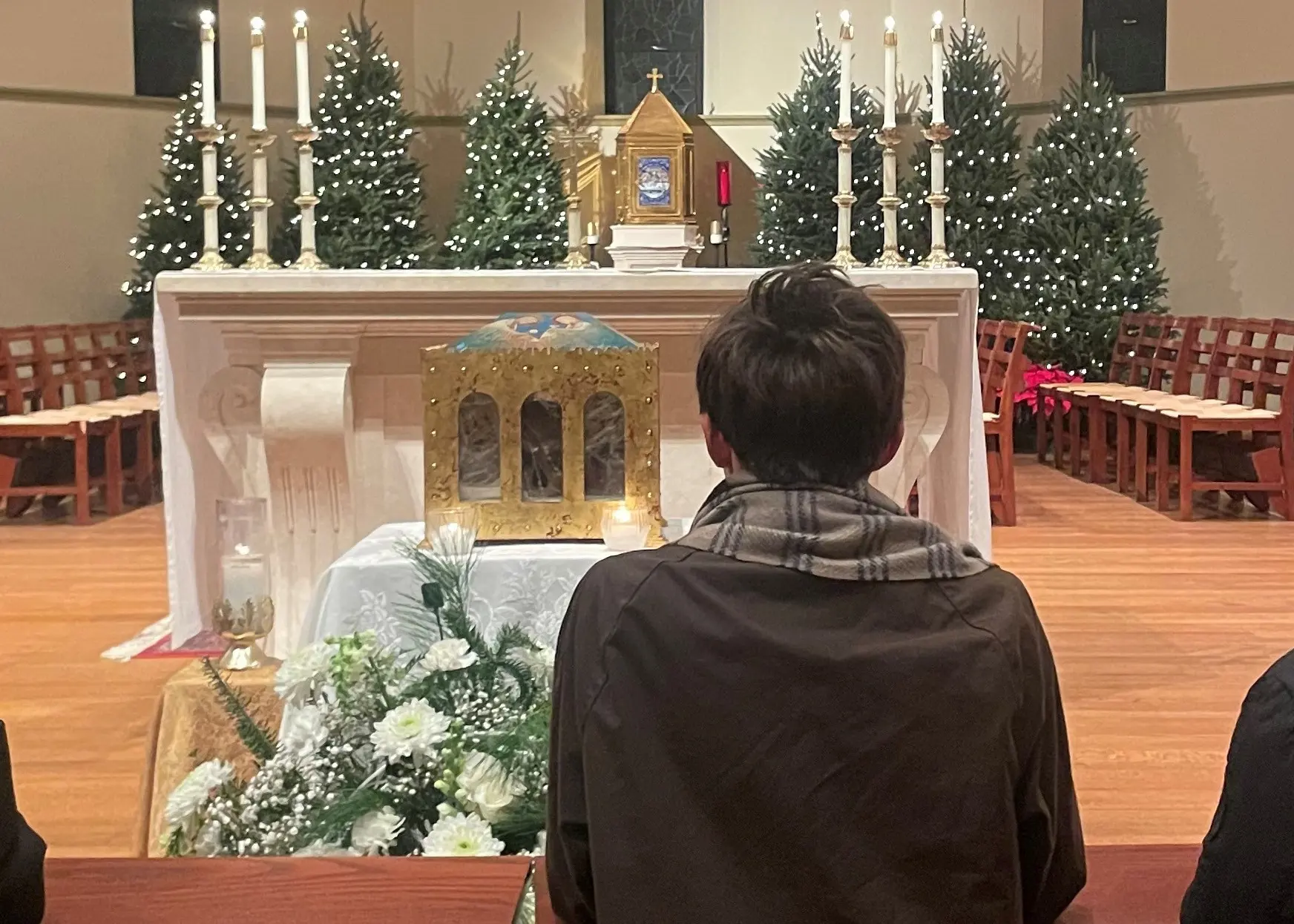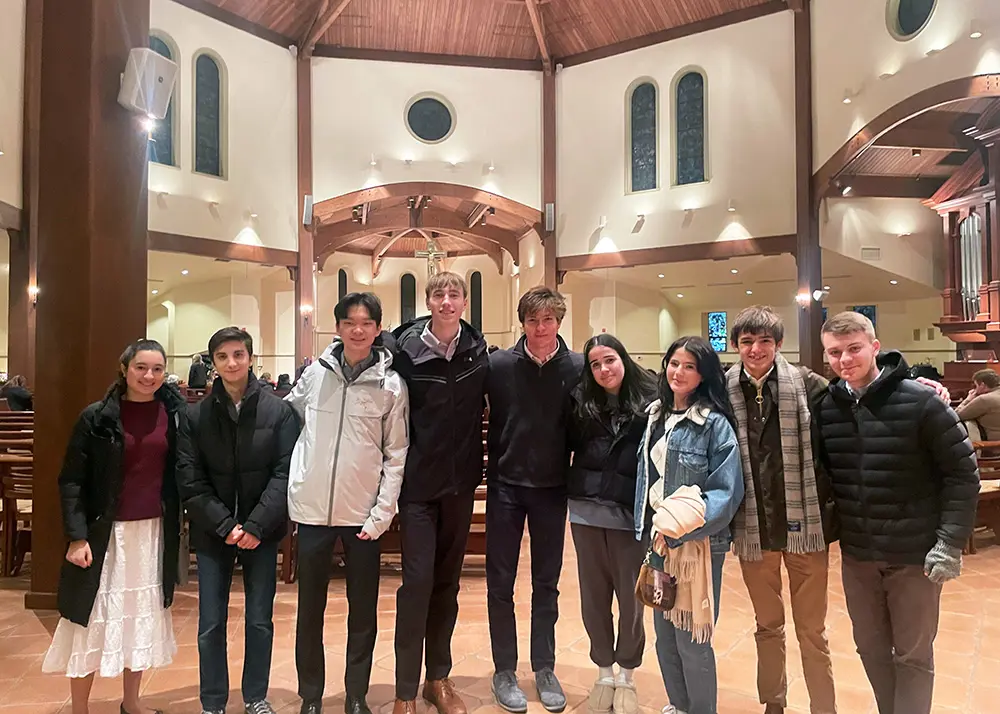portsmouth abbey news
|
|
More Than Bones: One Student’s Reflection on St. Thomas Aquinas’s RelicBy: Avery Bell '26 The name St. Thomas Aquinas is a familiar one to Abbey students. All Fourth Form Humanities classes read A Summa of the Summa, a condensed and edited form of Aquinas’s Summa Theologica, which synthesizes Christian theology with Aristotelian philosophy to explore questions of existence, ethics, and the nature of the divine. After reading it last year, I was intrigued on a recent Tuesday morning when I received an email inviting current Abbey students to view the skull of St. Aquinas. Aquinas’s skull (a first-class relic) was on display in St. Dominic Chapel at Providence College for a mere 24 hours. I had never seen a relic before, so I signed up, not entirely sure what the experience would entail but somehow knowing I did not want to miss it. The invitation email also explained that there might be an opportunity to offer personal items that could be held near the skull and, therefore, be converted into third-class relics. I brought a set of rosary beads and a cross necklace handed down from my grandmother. The night was cold. Eight of us, along with Ms. Revay, assistant director of spiritual life, piled into a van and made our way to the chapel. We hurried through the frozen parking lot and entered the church, which stood warmly lit and hushed. We quietly approached the altar. In front was a small table covered in a thick white cloth embroidered with delicate roses. A bouquet of white flowers stood in front of the table with candles flickering on either side. On top of the table sat a box made of worn gold with glass panels for viewing. The top of the box was illustrated with two angels against a sky-blue background. Its antiquity was apparent from far away. Up close you could see St. Thomas Aquinas’s skull nestled inside the box. Our group moved to a pew directly in front of the table. Kneeling in front of the relic, it somehow felt both more real and more mythical than just moments before. We were looking at the very bones of a saint. This man had lived and died hundreds of years before I even existed, and yet here I was, gazing into what was once his face. All that remained was this skull, discolored with age and shrouded in cobwebs. His body was gone but his spirit evidently was not. “You could definitely feel it in the room,” said Alana Collins '25, “It was silent but a deafening silence. You couldn’t hear anything except your own reflections, which was amazing.” I reached into my purse and pulled out the two items I had brought: a rosary and my grandmother’s necklace. A friar stepped forward, and I dropped them into his outstretched palms. With astounding care and reverence, he pressed the items to the glass, held them there for a few seconds then returned them to me, now third-class relics. I remained kneeling for another few moments, praying and doing a brief petition for help with academics (after all Aquinas is the patron saint of students). Now, it was time for others to have a turn, and so our group returned to the pews in gratitude and reflection. Afterward, we briefly visited with Mila Smith ’24, current undergraduate at Providence College, until it was time to head back to Portsmouth. If my experience was at all similar to the others in our group, we returned to campus with a deeper appreciation for the beauty of relics and of the faith. Gabe Devaney '25, another student on the trip said “I am very glad I attended. Seeing the skull was an amazing experience. During our busy lives, it’s good to get away from campus for a few minutes, especially to pray in front of the skull of St. Thomas Aquinas. I have read and learned so much about St. Aquinas. It’s amazing to see his work connected to something I could concretely see.” The whole experience was undoubtedly a memorable opportunity, and I’m thankful to be part of a School and community that makes time for students to experience the new, the weird, and in this and in many other cases, the sacred. |
